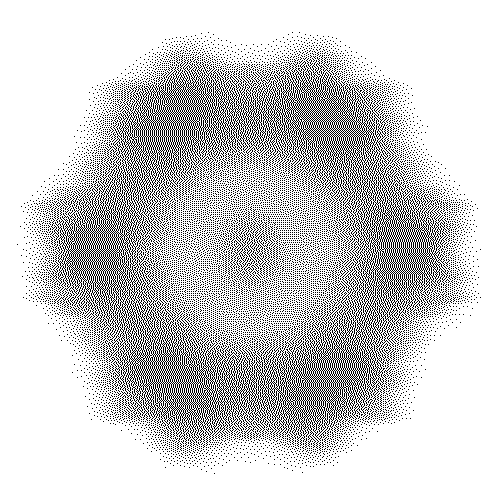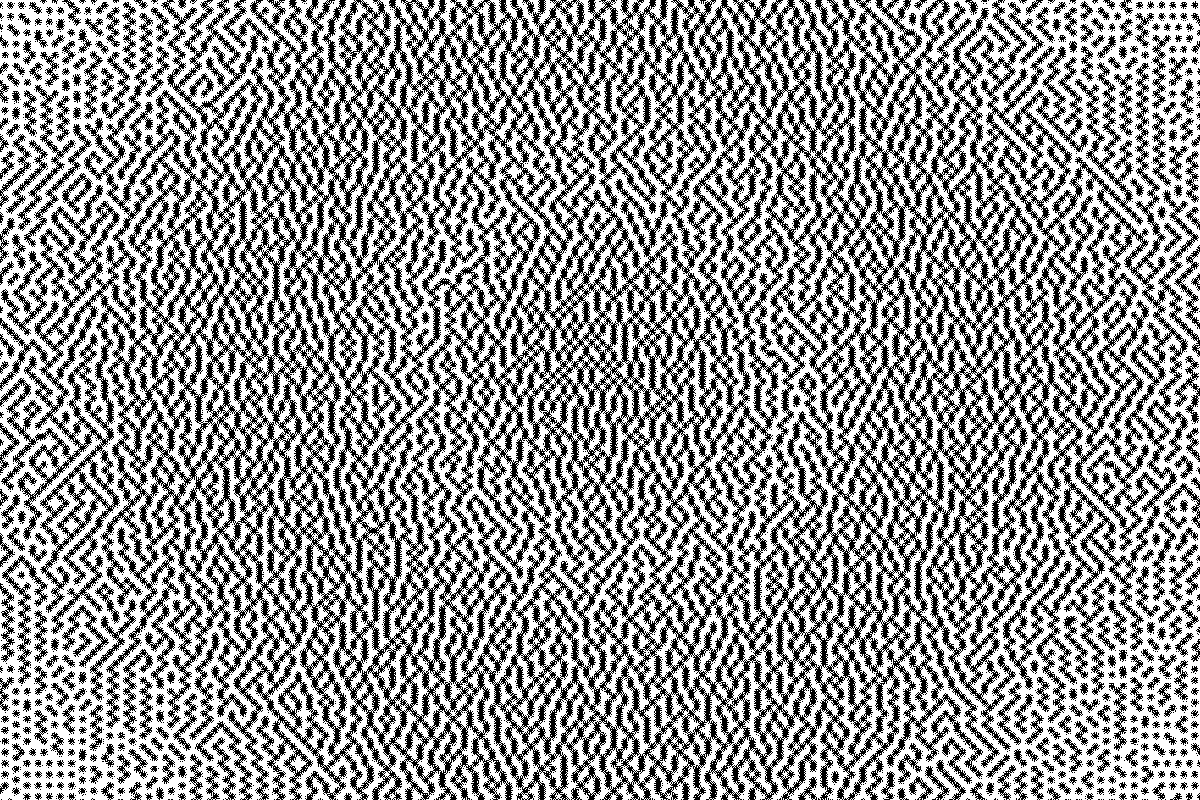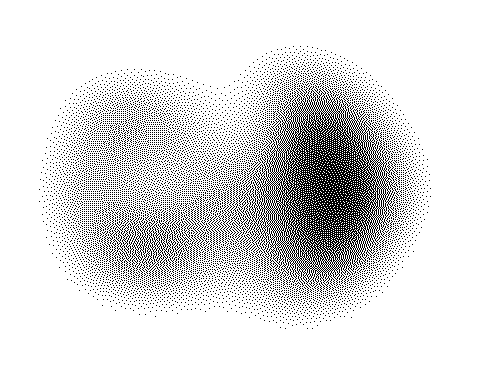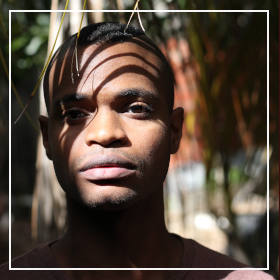Introduction
I met Rodell Warner in Trinidad while he was collaborating at Alice Yard art residency in Trinidad and Tobago, West Indies and then a second time when he exhibited his works at the Third Horizon Caribbean Festival in Miami, USA. The artist’s contribution to the Fluid Mosaic is inspired by the sensorial synesthesia-s he felt while thinking about the theme and its theoretical explanation.
In our exchanges about his contribution, he talks about the feeling of wonder he feels while working artistically. The artist explains it as the beginning of his creative process. As Plato (Teeto 155d) and Aristoteles (Metafisica 982b) stated, the thaumazō, which etymologically means to wonder, is the main axe that pushed the artist to contribute to this transdisciplinary project.
According to Enrico Berti[1], in philosophy there are two kinds of wonder: one explains wonder as a state of amaze (thaumazō) and the other one is connected to the sensation of perplexity and questioning: from the ancient Greek aporia _ ἀπορία: “to be in the incertitude” where wonder is connected with the sensation of unknown that pushes a research.
Warner’s process creates links to the philosophical concept of wonder as interrogation and as a phenomenological opening of newness. Aporia from a-poro: a- impossible poro- passage, evokes an impassable passage, a dead-end street. In ancient Greek philosophy it indicated the impossibility of giving a precise answer to a problem that has two paradoxically valid solutions. Warner’s process of creation follows the wonder-aporia coexistence as the paradoxical structure of the fluid mosaic in biology. The fluid mosaic in fact functions as liminal stage of passage that let communicate and let cohabit antipodal existences of the particles of the cells in-and-out the membrane. Following this interpretation, the artist focused and developed the communication between paradoxes and antipodal states of being for images where their borders are digitally blurred, contributing to the concept of the fluid mosaic. Moreover, their particles develop visually a digital black and white pointillism2 where the dots are autonomous and simultaneous in constant blended visual relation.
He first shares some works inspired by the theme, and then, he extrapolated some details from these ideas. As ‘mosaic tiles’, he fits ideas together with his ongoing visual research and interests. The Fluid Mosaic for Warner unveils itself in its micro-scale. Following its biological description, the artist focuses, as he embodied the lens of a microscope, on the particles of organic movements. Below is Rodell Warner’s personal statement of the project and part of our conversations.
Reflections by Rodell Warner
Some of the ideas articulated in the abstract of the Fluid Mosaic had particular resonance with me in relation to a set of animated images I’ve been experimenting with since 2015. In particular, ideas of “porous and malleable barrier[s]”, “functional bridges… that connect the interior and exterior parts”, that these “bridges are not fixed or perpetual” but “keep flowing inside the liquid border”.
Similarly resonant are the words used to describe movement in the mosaic, for example, “…a disturbance, a crisscrossing changing phenomena in the membrane from which the mosaic and the cell are transformed. This act of passing is excessive and ephemeral. It implies an ever-changing state of the boundary of the cell that, in turn, mutates its identity.”
My animation experiments, this particular set of experiments in which the moving image is made of moving cells bordered by ever-changing boundaries, could easily be described, and probably best described, by the words you have written to illustrate the fluid mosaic.
What about your choice of the use of Black and White in your GIFs?
RW: Because I was interested in observing/showing the motions and spatial relationships in these movements of dots and patterns, I only needed black and white. Also, because black on white offers the highest contrast possible, the clearest illustration, I find it useful.
How do you feel your animations? As organic? Do you feel them as nebulous representations of identity? This is a question in order to know more about your inner thoughts while creating the theme here.
RW: While experimenting with these animations, I was interested in generating results that were surprising to me. I would just try things and try things until I managed to create something that excited me.
What I realised about the iterations that did surprise and excite me is that their movements resembled the movements of living things.
I noticed that what I recognise as organic movement is in fact a certain level of complexity of movement. At a certain point, if something is complex enough, it registers to me as resembling something living. Some living things move more complexly than others, but, usually, even with the simplest of living movements I encounter – perhaps the wiggling of a worm, or even a batting of eyelashes – a certain threshold of complexity is surpassed that gets our attention in a way that’s different from the movements of things being moved around by, for example, the wind, or things that have been thrown. There’s something about that subset of motions – the motions of living organisms – (which itself might have something of a liminal border) that we are especially attuned to or quick to recognise.
The movements of living things feel different to us than most other movements, apparently because most other movements are in important ways less complex.
In relation to our conversation about the fluid mosaic, this set of programmed, animated digital dots share so much in common – in form, in movement, in description – with living things [and cellular life]. For example, they resemble structures and spatial relationships and movements in the images of “antibodies in action” that the Fluid mosaic shares in its dynamic.
Can you describe your way of working/feeling while treating this theme? Was there a process of memories while creating? or was it more an élan of future newness?
RW: Definitely more of an elan of future newness. The way I work allows me to be surprised because I program a set of actions, have my computer render the animated result, and, when it’s finished, I review the outcome. I’ll then tweak my programming to support any new outcome that excites me, or to edit out anything that I find uninteresting. In the case of these images, I was very interested in how the borders of the regions of pattern interact with and overwhelm each other, and how the definitions of regions changed with movement, and how the characteristics of the objects changed over time, and I am always especially keen to make seamless loops so that I can watch the progression happen over and over without interruption. Because the movement and changing imagery is so complex, I’m not sure that I ever see it all satisfactorily enough to feel like I understand it completely, so I feel the act of watching over and over remains interesting because the image is a kind of a puzzle that is never completed in my mind, but that I am always attempting to get a total understanding of. Another way of saying this would be to say that what is presented in the GIF remains always in some way a mystery to me.
I made all these GIFs years before our conversation about the fluid mosaic, and I am amazed to see how fittingly the description of the fluid mosaic can be used to describe these GIFs, and how easily descriptions of the fluid mosaic can be substituted for descriptions of them.
The fluid mosaic in biology implies a liminal state between dichotomies, such as an external environment and an internal one delimited by a permeable barrier. Did this peculiarity resonate with the theme in your work or in your process of working?
RW: I feel there is an illustration of this liminal state in the animated GIFs, or that their movement and progression are analogous with this description of a liminal state, but there is another resonance I feel with this, and it is in my process of working, and it relates to the dichotomy of “working” and “resting”. I find it best to alternate between actively attempting to make progress on generating images, and not actively working on advancing the task. I repeat this cycle as much as necessary until the work feels resolved. What I am interested in is what can be gleaned in moments between the two states, or from the interaction of these two states.
My observation is that I advance towards my goal not only when I am actively attempting to, that while I am at rest, attempting not to work, important progress can be made.
My observation is that the barrier between these states is not as clear as I tend to imagine, and that there is a fluidity at all times once a goal exists, until that goal is achieved, until the work is resolved.
[1] Berti E. 2008. In principio era la meraviglia, Roma: Ed Laterza.
2 Pointillism in Art is a technique that arose in France in the 1880’s. It requires the artist to use small dots of primary color to create the impression of secondary and intermediate colors. By utilizing only primary colors, and by placing them closely to one another, the brain perceives the colors as the secondary color created by two dots next to each other. This allows the person to see different colors in the paintings, even though the artists are just using three colors – red, blue, and yellow. This assemblage of singular dots is seen as a hole as porous as the membrane of the Fluid Mosaic is in biology.








